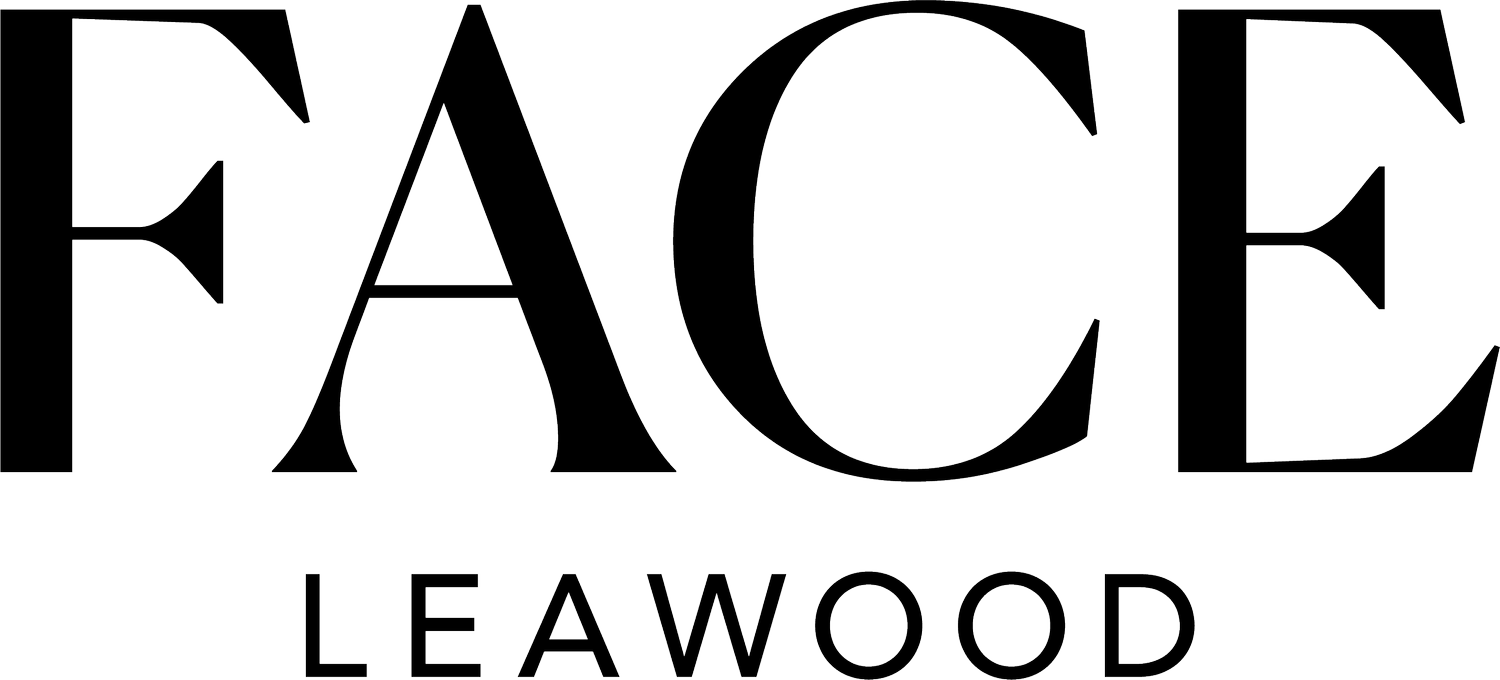Planning for recovery: what can I expect following my rhinoplasty surgery?
A rhinoplasty is performed in order to change the appearance of the nose. This can be done primarily if a patient strictly wants a change in the look of their nose, or secondarily after a trauma. Following rhinoplasty surgery, a patient can expect to experience: swelling, bruising, discomfort, nasal congestion, +/- nasal bleeding/drainage.
The majority of swelling will peak 2-3 days postoperatively and begin to slowly improve. Roughly 70% of swelling will be gone by 2 weeks. Thereafter, residual swelling will continue to improve for the first year (yes, a year!).
Bruising is minimal in some patients and more pronounced in others. If a patient bruises, it’s typically in the cheeks and around the eyes. It usually takes 2-3 weeks for this to totally dissipate.
Discomfort varies highly among patients following rhinoplasty surgery. Some patients only take a couple Tylenol after surgery while others will elect to take prescription pain medication for ~5-7 days.
Nasal congestion after surgery is expected. Just as the outside of the nose swells, so does the inside. And this can be really annoying, particularly at night when the patient is forced to mouth breathe. Be patient and it will improve. It usually takes 2-3 weeks for the majority of the internal swelling to significantly improve.
A small amount of nasal bleeding is common after rhinoplasty surgery. It’s common for patients to go home with a drip pad (or gauze pad) taped under their nose to catch any bleeding the evening of their surgery. If a patient experiences bleeding, it’s typically only a few drops every hour for the first 1-2 days after surgery. Anything more than that warrants a call to their surgeon overnight.

